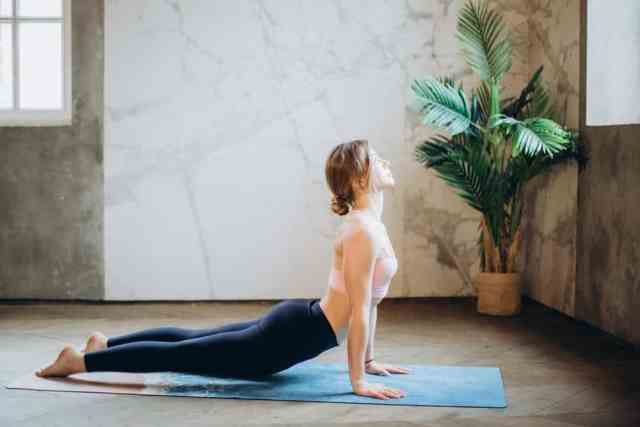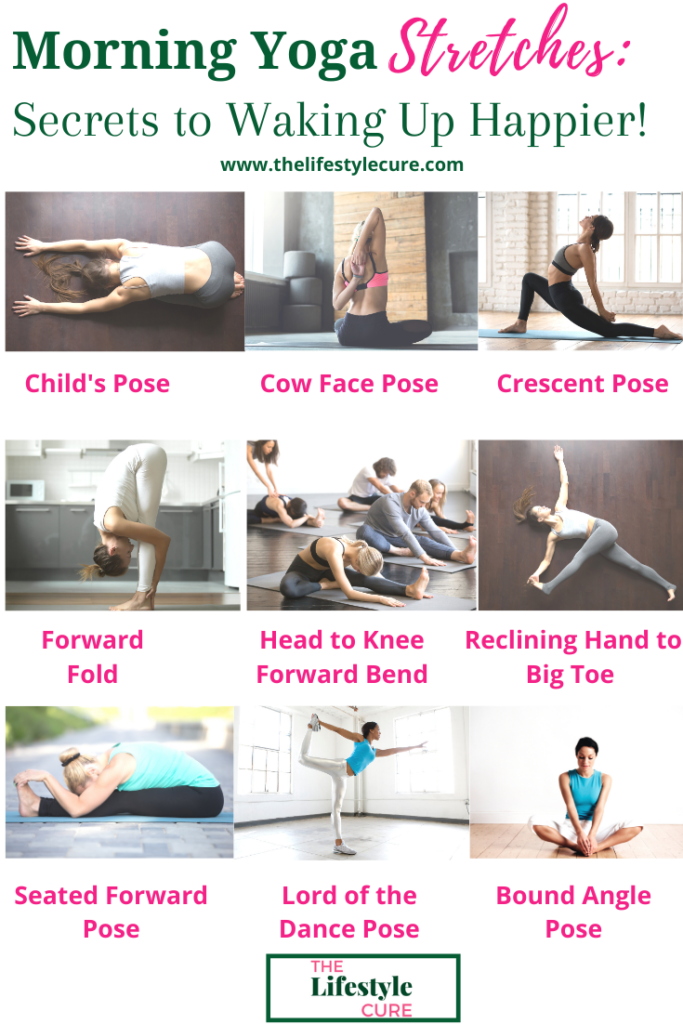
This article will describe the relationship between Hatha, Bikram and depression. Many studies have shown that these yoga styles can reduce depression. The main mechanism behind this association is the presence of the neurotransmitter gamma-aminobutyric acid, which has been linked to a reduction in symptoms. Yoga has been shown to help raise levels of this neurotransmitter. This is especially true if yoga is integrated into meditation.
Bikram yoga reduces depression
Bikram yoga could be used to treat depression, according a new study. A total of 29 people with depression were enrolled in an eight-week course, and they reported fewer depressive symptoms and improved cognitive function. Participants reported a greater quality of their lives. While more research is needed before Bikram can be proven to reduce depression, the preliminary findings seem encouraging. Continue reading to discover more about these benefits.
A new study by Maren Nyer, PhD, BA, found that eight weeks of Bikram yoga reduced symptoms of depression. Participants experienced improvements in their physical, mental, and emotional well-being. It was also discovered that participants who participated in yoga classes were less depressed. The National Center for Complementary and Integrative Health funded the study. Bikram yoga can be used to help you find the best class for you.

Hatha yoga reduces depression
A new study has shown that Hatha yoga can reduce the symptoms of depression in both women and men. There are many types of yoga. Some focus on breathing and meditation while others emphasize physical exercise. Researchers are currently studying whether yoga can reduce depression. These new studies will be presented at July's American Psychological Association's annual convention in Washington, D.C. The first, which was conducted by Dr. Lindsey Hopkins (Ph.D.) on 23 men veterans, showed that practicing breathing-based Yoga could help reduce depression symptoms.
Depression can lead to sleeplessness, which is an adverse effect. Many people have trouble falling asleep due to depression. Yoga can help people sleep better and faster. One study found one in 15 yoga students had suffered from depression. The symptoms of depression are a persistent feeling of hopelessness and a disinterest in daily activities. These symptoms can lead to significant physical and emotional problems. It is possible to be depressed from a variety of reasons, such as personal or professional failures or long-term circumstances.
Meditation reduces depression
Meditation, an ancient form of meditation that can be used to treat anxiety disorders or depression, has been shown to make people feel better. Meditating involves training the mind to concentrate on a specific object or an idea. This can help people with anxiety and depression. Meditation has been shown to influence the brain's biology, and research shows that it can help decrease depression.
According to research, yoga and meditation can reduce symptoms of depression and improve the condition for many people. Around 16.1 Million people have experienced a depressive episode within the last 12 months. While antidepressants remain the primary treatment for depression, they do not always work for everyone. Unfortunately, as many as 30 percent of patients will not respond to antidepressants, or they may experience mild side effects and only minor benefits. What can yoga and meditation do to help you cope with depression?

Yoga increases neurotransmitter, gamma aminobutyric acid.
Yoga can improve the brain's GABA levels. GABA is a neurotransmitter that regulates mood, sleep, anxiety and other functions. Research has shown this. GABA levels in depression sufferers are frequently low so yoga may be a promising treatment. Yoga has been shown to increase GABA levels in people with anxiety, depression, and epilepsy.
One study found that participants who had practiced yoga saw a decrease in depression after twelve weeks. Magnetic resonance spectroscopy (MRI), was used to study the subjects. It was found that GABA levels remained elevated after each yoga session for four days, but they declined significantly after eight days. Researchers suggest that the yoga sessions are important for maintaining elevated GABA levels.
FAQ
Do yoga has side effects?
Yoga poses some risks, as with all physical activities. The most serious risk is injury. Make sure you know how to perform each pose safely.
If you're just starting yoga, you may feel dizzy and faint standing on your head.
This is due to blood pooling within your brain. But don't worry; the sensation disappears quickly.
Do downward-facing dogs if you experience chest pains. Don't hold your breath. You'll only increase your heart rate and make things worse.
Do I need any special equipment to practice yoga?
Yoga doesn't require any special equipment. However, some people may prefer specific props such a blanket, straps or blocks.
Check out our Yoga Equipment Guide if you're interested in purchasing these items. We recommend products made of natural materials rather than plastic.
What happens if you practice yoga every day?
You feel calm, relaxed, and centred. It improves balance, posture, and flexibility.
You will become more aware and conscious of your body, how it feels when moving. This awareness makes you more mindful and conscious of yourself.
Your concentration can also be improved by yoga.
Your mind will be sharper and clearer. It calms you nervous system. It reduces stress levels. It can also give you a sense peace and well-being.
Is yoga a good option for pain management?
For people with chronic back pain, yoga may be an effective treatment. It helps them improve flexibility, balance, and strength and reduce stress levels.
Before beginning any yoga regimen, consult your doctor.
Statistics
- About one in seven U.S. adults practiced yoga in the past 12 months, according to a 2017 national survey. (nccih.nih.gov)
- The people in the yoga group were 37 percent more likely to have quit smoking by the end of the 8-week program. (nccih.nih.gov)
- According to calorie estimates calculated at Harvard Medical School, the average 125-pound person burns about 120 calories in a half hour of hatha yoga, and a 185-pound person burns about 178 calories in that half hour. (everydayhealth.com)
- Lock in 25% off your Founding Member rate. (corepoweryoga.com)
- Gentle yoga has been shown to ease some of the discomforts of tender, swollen joints for people with arthritis, according to a Johns Hopkins review of 11 recent studies. (hopkinsmedicine.org)
External Links
How To
Can I do yoga during pregnancy?
Being pregnant can impact your ability to perform certain poses safely. Before starting any new workout routine, you should consult your doctor.
However, you still have many options for poses to be done during pregnancy. These are some ideas:
-
It is not a good idea to lift heavier than shoulder-level weights for pregnant women. Instead, try dumbbells and resistance bands made of lightweight materials.
-
Avoid deep twists as they could place pressure on your belly.
-
Before you have children, avoid backbends. They can strain your lower back.
-
To deliver your baby safely, you should not be seated cross-legged or lying on your stomach.
-
Your doctor will have to approve you before you attempt inverted poses, such as handstands and headstands.
-
Your practice should be limited to 30 minutes per week
When you're ready, you can continue doing yoga throughout your pregnancy. Your doctor will advise you on when you are ready to practice yoga.